Jayatri Das, Ph.D.
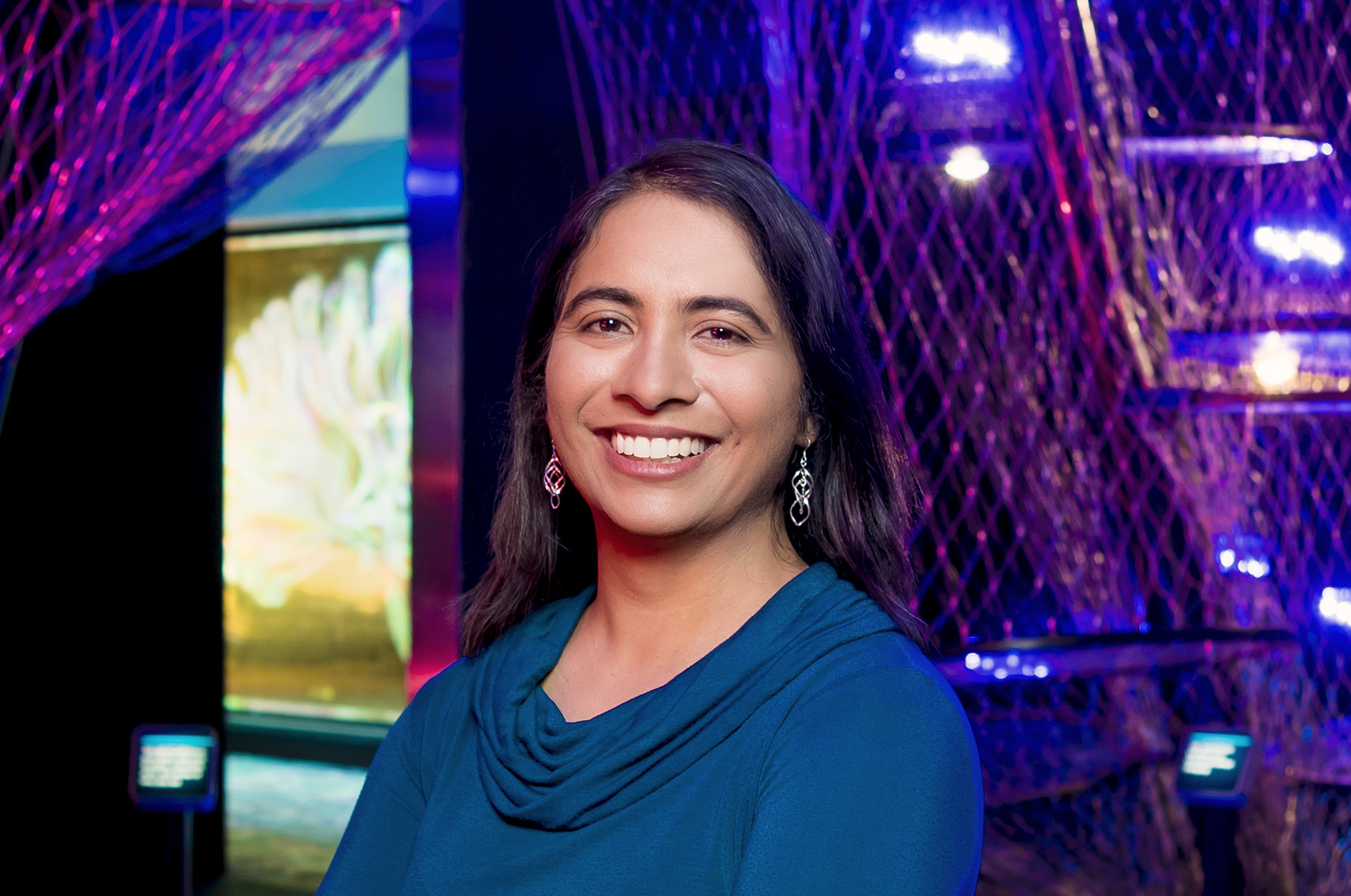
Jayatri Das, Ph.D.
As Chief Bioscientist at The Franklin Institute, Jayatri Das helps us understand ourselves. How do our brains work? How do our neighborhoods affect our health? How will new technologies change our future? As an awesome science communicator, she brings us all into the conversation!
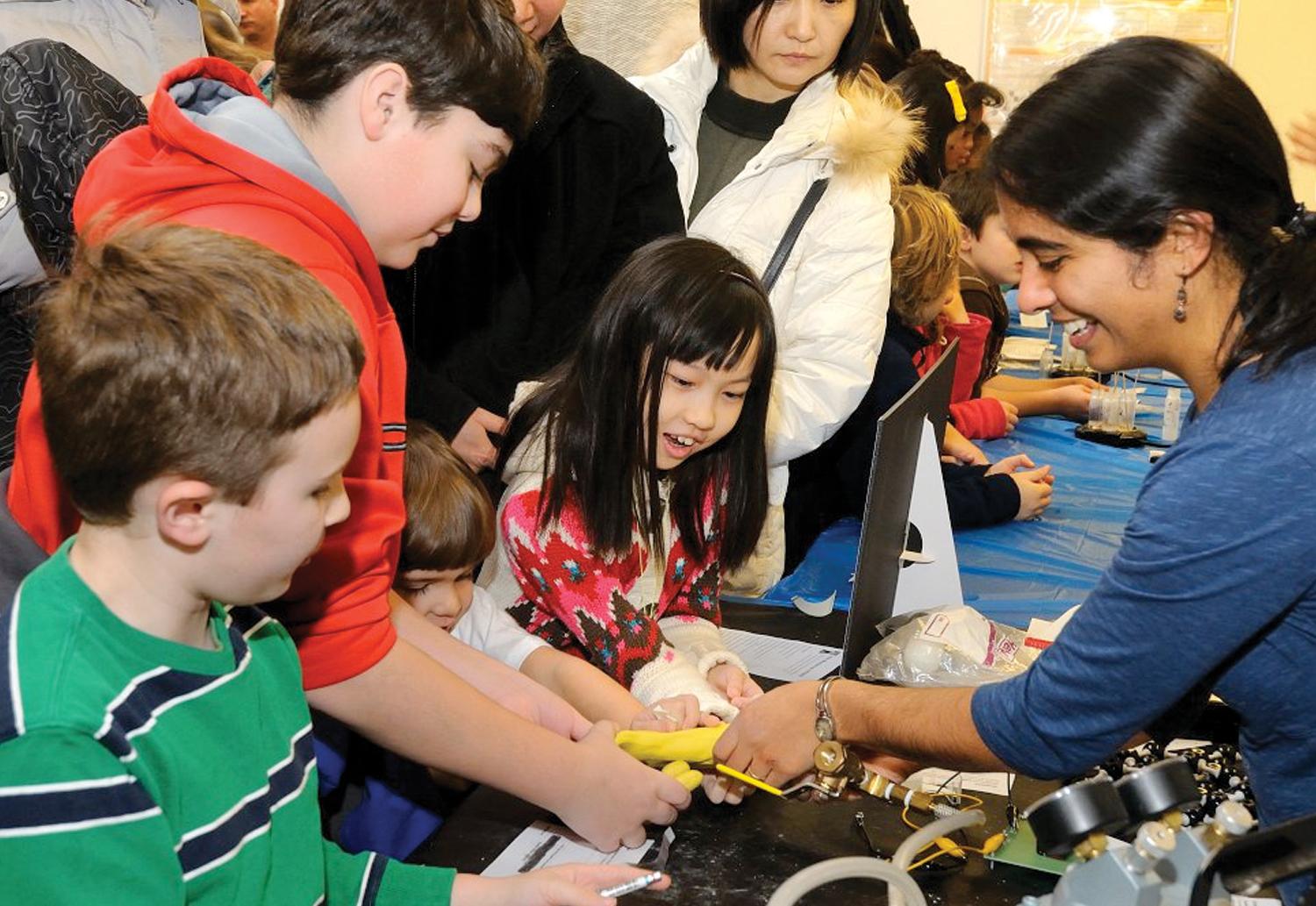
Jayatri has led exhibit development of both Your Brain, a national award-winning exhibit about the neuroscience and psychology of the human brain, and SportsZone. She also leads The Franklin Institute’s programming initiatives about materials science, nanotechnology, synthetic biology and other areas of emerging science and their impact on our everyday lives.
Jayatri earned her Ph.D. in ecology and evolutionary biology from Princeton University and conducted postdoctoral research in biology at the University of Pennsylvania, investigating the biochemical processes that allow living things to adapt to different environments (and hunting for wild fruit flies from Florida to Canada along the way). Watch her Science Story about a moment of unexpected discovery!
Prior to joining The Franklin Institute, Jayatri held a Science and Technology Policy Fellowship at the Marian Koshland Science Museum of the National Academy of Sciences in Washington, DC. In 2016, she was honored with the American Alliance of Museums’ Nancy Hanks Award for Professional Excellence. Jayatri is an invited Fellow of the Center for Neuroscience & Society at the University of Pennsylvania.
Follow her on Twitter at @JayatriDas.
Recent Blogs by Author
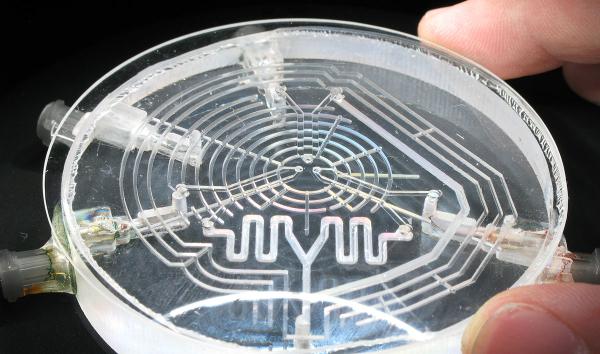
Diagnosing Disease with Paper and Thread
If you’ve ever dipped a corner of a paper towel into a liquid and watched the liquid move up through the paper, you’ve seen capillary action. This basic phenomenon that we see in our kitchens every day also underlies what could be the next generation of medical diagnostic devices.
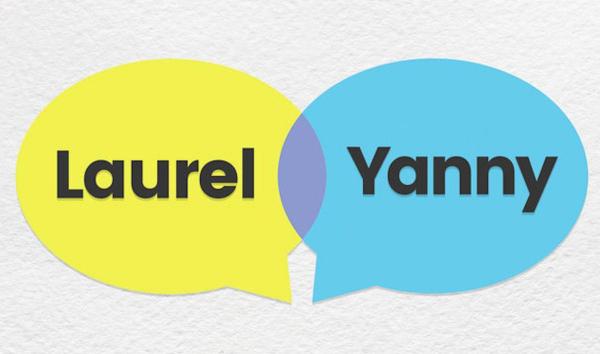
Laurel or Yanny? There’s More Than Meets the Ear
We can fight over whether we hear “laurel” or “yanny,” but we can all agree that this viral meme (first tweeted by Cloe Feldman) gives us a window into the complex factors at play in how our brains perceive the world. Here are a few resources to dig deeper:
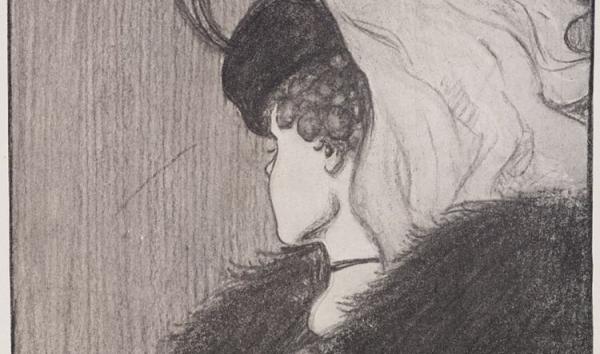
Sensory Processing Ambiguity (Partly) Explains The Yanny Vs. Laurel Debate
So, do you hear Yanny or Laurel? Is the dress blue and black or white and gold? Do you see a duck or a rabbit in the cartoon below? These phenomena are puzzling because they can be perceived in two very different ways.
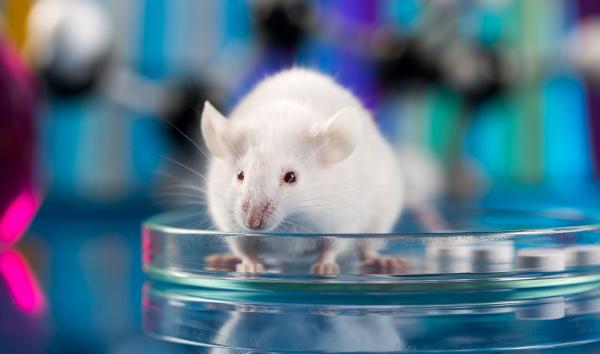
3... 2... 1… Blastoids!
Embryonic stem cells have been used to develop treatments for diabetes, macular degeneration, spinal cord injury, and other disorders.
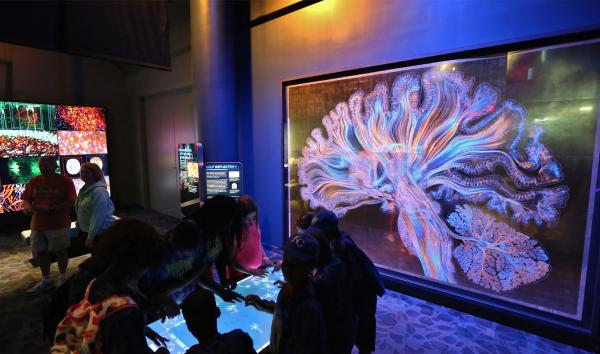
Tiny Worms Launch a Global Leader in Brain Science
In 2018, the U.S. Brain Research through Advancing Innovative Neurotechnologies (BRAIN) Initiative celebrates its fifth anniversary. The goal of this unique nationwide alliance of research organizations has been to push our understanding of the brain farther and faster than ever before, by inventing new technologies, deciphering the details of brain function and behavior, and developing new treatments for brain disorders.
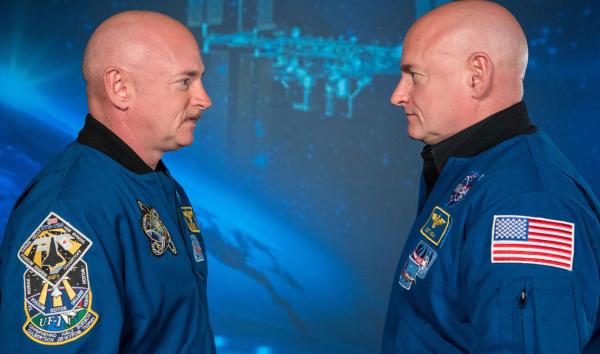
Spoiler Alert: The Kelly Twins are Still Twins
You might have seen the viral headlines recently declaring that, after a year in space, astronaut Scott Kelly’s genes were no longer the same as his identical twin Mark’s. Sounds like an exciting finding, right? Unfortunately, it took a few days for the real science to break through the noise.
It’s Not Just Space that Changes Your Gene Activity

